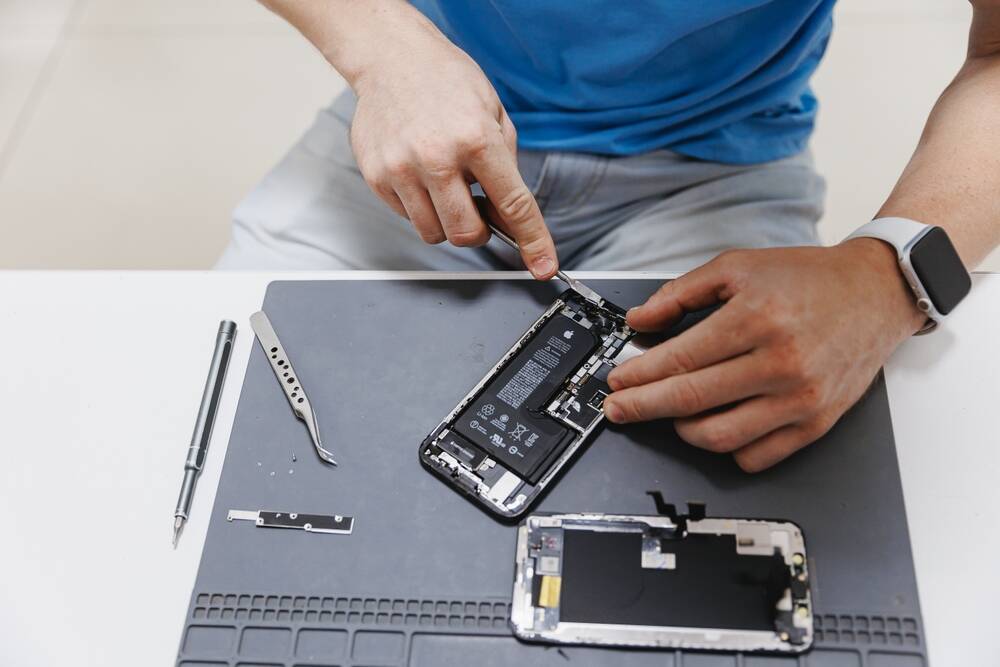According to a June Reuters exposé, the Pentagon ran a secret antivaccine campaign in several developing countries at the height of the pandemic in 2020. Why? “To sow doubt about the efficacy of vaccines and other life-saving aid that was being supplied by China,” Reuters reported. Trump’s secretary of defense signed off on it; the Biden administration discontinued the program shortly after taking office. The Pentagon launched its propaganda operation in the Philippines (as COVID was raging), where it set up fake anti-vax accounts on social media. A military officer involved with the Pentagon’s psyop told Reuters: “We weren’t looking at this from a public health perspective. We were looking at how we could drag China through the mud.”
Such cavalier thinking has lethal consequences in the infodemic era. Timothy Caulfield, a University of Alberta public policy expert, put this bluntly in an interview with Scientific American: “The United States government made a conscious decision to spread misinformation that killed people.”
Is he being hyperbolic? Well, health experts are quite certain that antivaccine rhetoric proved deadly during the coronavirus pandemic and that, in the U.S., politicized misinformation led to COVID deaths in the hundreds of thousands. What fueled much of this antivaccine discourse? Conspiracy narratives about microchips and vaccine-risk cover-ups as well as other villainous plots to control humanity by governments or global institutions. Yes, it was bonkers. But now we know that when health authorities were desperately trying to tamp down these fears, the Pentagon was running its own conspiracy operation to discredit vaccines–just so it could score points against China. The revelation is a “worst case scenario story” for the global public health community, says Caulfield, “because it demonstrates that anti-vax misinformation was being spread by the government, and it reinforces people’s distrust in institutions.”
The fallout from the military’s covert psyop will reverberate on multiple levels. “When democratic governments employ this kind of information operation, they undermine the values and trust that sustain democracies,” says Kate Starbird, a disinformation expert at the University of Washington. Similarly the economist Alex Tabarrok writes that the Pentagon’s antivaccine campaign has “undermined U.S. credibility on the global stage and eroded trust in American institutions.” (No doubt, but the latter has been on a precipitous decline for a while.)
The question now is: What can be done to prevent something like this happening again? International development economist Charles Kenny says it’s time to “ban intelligence operations from interfering in public health.” That would be a welcome start, but let’s not hold our breath. We’ve been down this road before: In 2011, the CIA used a fake hepatitis vaccination program to search for Osama bin Laden in Pakistan. After the ploy came to light several years later, terrorists murdered legitimate polio vaccine workers, and there was a resurgence of polio in the population. In 2014 the White House vowed the CIA would no longer use vaccine programs as a cover for spy operations. Here we are a decade later, however, and it appears the Pentagon wasn’t bound by that promise and won’t be keeping it in the future.
The U.S. government’s past ignoble deceptions of its own citizens should have served plenty of warning that this is foolish. We owe today’s UFO craze to the cover-up of a military balloon crash in 1947, only acknowledged decades later by the U.S. Air Force. More seriously, during the cold war, the CIA secretly funded a slew of American cultural and political organizations to (unwittingly) help wage its propaganda campaign against the Soviet Union, promoting favored artists in commissar like fashion. Then U.S. secretary of state Colin Powell touted completely fallacious “weapons of mass destruction” buncombe to the United Nations to justify the botched invasion of Iraq in 2003. Now overlay this with the vaccine deceptions used by America’s spymasters in Pakistan and more recently in the Philippines. It makes for a confusing lens to view a world overrun with fake news, bots and troll armies.
John Lisle, a University of Texas historian who researches cold war science and the intelligence community, says that the Pentagon should have learned from history before undertaking its recent antivaccine disinformation campaign. “It may have been intended to make Filipinos distrust China, but its legacy will be to make Americans distrust the government.”
Before George Bush the younger it would have seemed beyond belief that stupidity of this kind was possible. But since the US has descended into unimaginable lows with their presidential choices and policies with the amount of corruption that has accompanied this, it almost seems like something you kind of shrug at.




